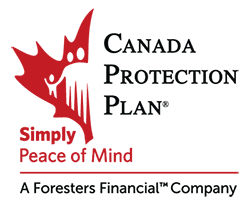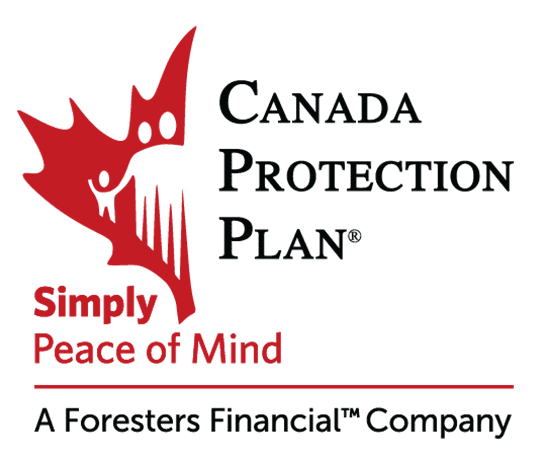
If there is one constant in your 30s, it’s change: Maybe you are switching jobs or your career. You may have just bought your first home. Perhaps you’ve just welcomed your first child or your third. You may have even done all three, but those milestones all have one common thread: they require financial responsibility.
You measure your financial decisions a little differently now that you’re in your 30s, so it makes sense that you need a different roadmap to stay on track to your new goals. This financial plan should accommodate your responsibilities today, as well as your future obligations.
We’ve put together four smart money moves you can make in your 30s that will position you better financially as you transition into your 40s.
1. Finish Paying Off Student Loans & Other Debt
Paying off large debts like your student loans, car payments, credit cards, or any other personal debts will go a long way towards bringing you closer to your financial goals. Start with the debt that carries the highest interest rate – also known as toxic debt – then work through the rest.
Lowering debt load gives you more breathing room in your budget, freeing up money for savings and retirement goals.
Once you start eliminating debt from your life, it’s crucial to keep your debt under control. Create and stick to a family budget so that you can pay the entire balance of your credit card each month, rather than just the minimum.
Debt can be a heavy mental and emotional burden for many Canadians. Prioritize reducing your debt load and you may be surprised by the peace of mind that you experience as a result.
2. Build Your Emergency Fund
Though an emergency fund is advisable at any age, a growing list of financial responsibilities at this stage in your life now makes it a necessity. Houses need work. Pets get sick. Cars need fixing. You must have the funds for whatever life throws at you. Saving will help you avoid dipping into a line of credit or accumulating debt to pay for these unexpected expenses.
You may have started an emergency fund in your 20s, but you should be re-assessing whether it is big enough to cover your current expenses. Chances are, you are earning more than you did in your 20s and likely have more financial obligations than you did even a few years ago. Ideally, your emergency fund should contain enough funds to financially sustain you and your family for 3-6 months. If that goal feels a little stressful, remember this is an emergency fund, so it should cover what you spend on essentials like housing, transportation, groceries, and loan payments.
No matter how much is in your emergency fund, remember to keep it in an easily accessible savings account, such as a TFSA, so it’s there when you need it. The money won’t be of much use in an emergency if it’s locked away in a savings vehicle like a GIC.
3. Boost Retirement Savings
Now is the best time to start saving for retirement (if you haven’t already). Opening a Registered Retirement Savings Plan (RRSP) is a good starting place. An RRSP doesn’t just let you save, it acts as a tax shelter. So, the earlier you put money into it, the longer the money can compound tax-free.
Set up automated monthly contributions to your RRSP to avoid the temptation of redirecting the money elsewhere. Setting it up now will allow you to take advantage of a longer time horizon to grow your savings.
Another way to get ahead is by taking advantage of any retirement matching programs that your employer offers. Even if it is a small percentage, maximize it. It’s essentially free money.
You may be asking how much you need for retirement. That amount depends on many factors, like where you live, your financial situation, and what you plan on doing in retirement. There are several valuable online tools (like Wealthsimple’s Retirement Calculator) that can estimate how much to save for retirement based on your income and current savings. Take advantage of these tools as you map out your retirement savings goals.
These will evolve as you get older, so be sure to reevaluate them from time to time to see if you need to put a higher (or lower) percentage of your income away each month.
4. Adjust Your Insurance Coverage
If you didn’t purchase life insurance in your 20s, you might want to consider buying it now in your 30s, especially if you have a spouse, children, or other dependents you are supporting financially. It may seem uncomfortable to think about life insurance while you’re young and healthy, but now is an excellent opportunity to lock in lower premiums while protecting the financial future of your loved ones.
Life insurance is not the only coverage you need. Whether it’s a car, home, critical illness, or health and dental insurance, it’s essential to periodically review your coverage amounts to assess if it is enough for your current circumstances. A review is also a great way to assess whether your current insurance provider is still meeting your needs. It may be time to shop around to compare rates and find a policy or provider that aligns with your needs, budget, and service expectations. Some companies offer discounts if you have multiple insurance products with them.
Good Habits Today for a More Fruitful Tomorrow
You are dealing with a lot in your 30s; you’re in a liminal phase between establishing your life while also planning your path to retirement. If you’re a parent, you’re also setting an example to your young children, teaching them the importance of mindful spending and saving- fundamental lessons that will carry them through life! By implementing good financial habits now, your goals will feel more tangible.
Another smart financial decision for your 30s? Purchasing Life Insurance! Securing coverage while you’re young and healthy will allow you to take advantage of great rates, while enjoying peace of mind that your loved ones are financially protected. Speak to your financial advisor or call Canada Protection Plan for a free no-obligation quote.


Canada Protection Plan and its employees and Advisors do not provide tax, legal or accounting advice. This material has been prepared for informational purposes only, and is not intended to provide, and should not be relied on for, tax, legal or accounting advice. You should consult your own tax, legal and accounting advisors before engaging in any transaction.
BLG472-0921EN







